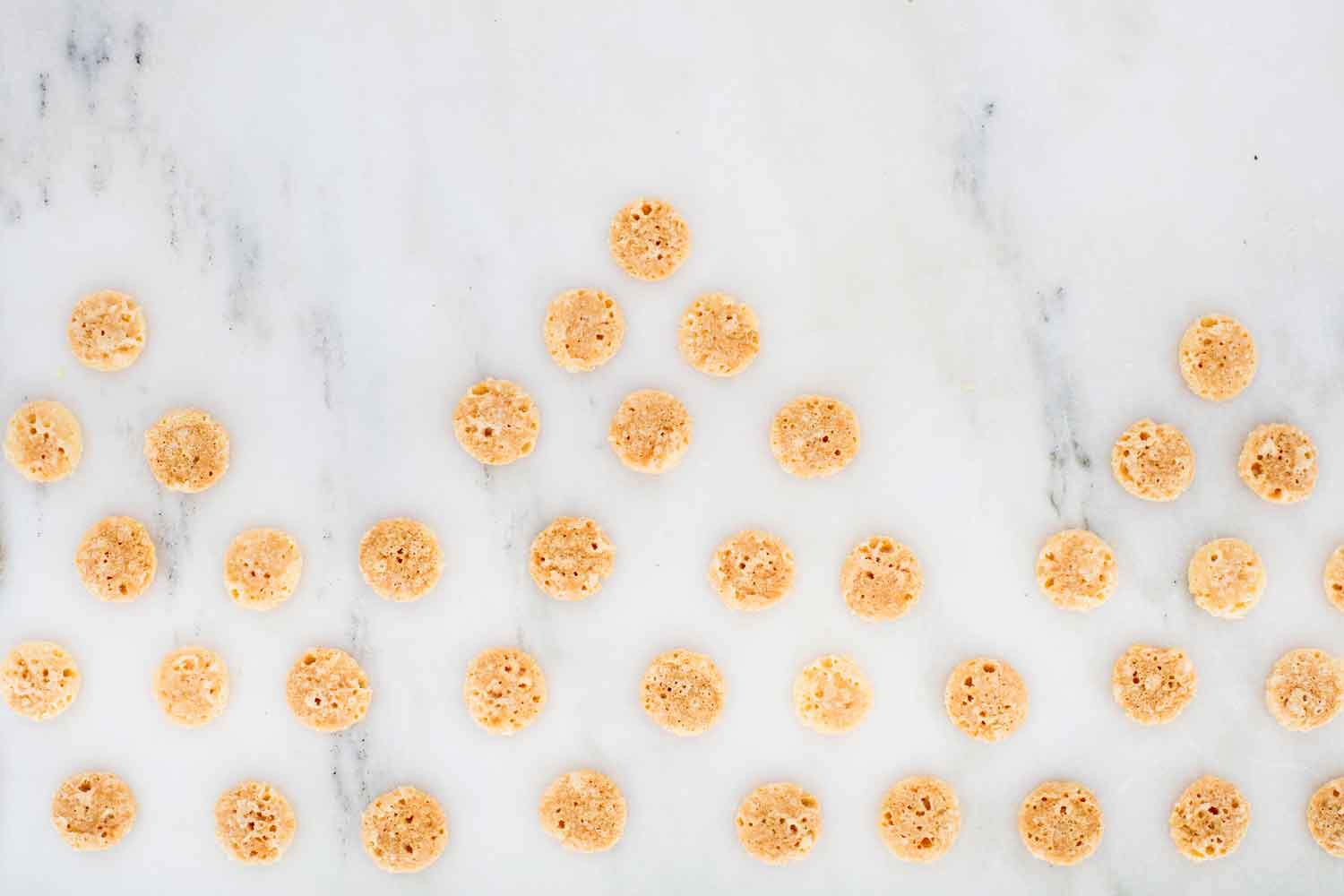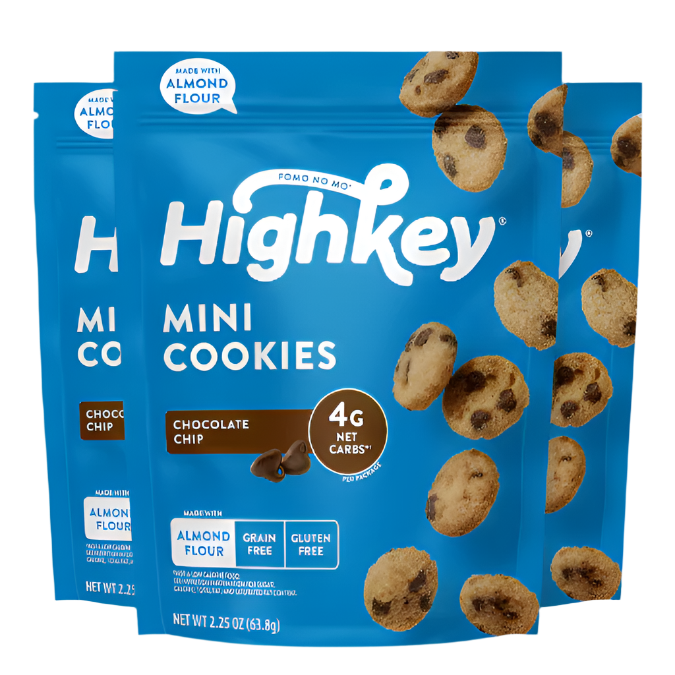What Foods Have MCT In Them? High MCT Fats For Food
If you’ve committed to a low carb lifestyle, you know that healthy fats should be embraced and are an important fuel for keto dieters. You've also more than likely heard of Medium Chain Triglycerides, or MCTs for short. Let's dive deep into MCTs and what makes them so unique!
The Cliff Note version is that because of their length, MCTs are digested quicker than other fats. They avoid the long digestion process and make their way straight to the liver and into circulation. From there, they can be used for energy when glucose (or sugar) is not available. Unlike other dietary fats, MCTs are not stored as excess body fat.
A Primer on Fats
Don’t be scared away by sciencey words like “triglyceride” or “fatty acid”, just think of them as other words for fat. Fats are further named for the length of their carbon tail. You heard me correctly, they have a tail. Don’t worry, this is as much 11th grade science as we’re going to cover!
Most of the fats we eat on a day to day basis fall into the category of long chain fatty acids. This includes fats found in most vegetable oils, meat, fish, much of the fat in dairy products, nuts and seeds. The omega 3 fatty acids that we all have heard so many good things about, are an example of a long chain fatty acid. The fat in olive oil - those are long chain too.
Because of their length, long chain fats go through a complex process for digestion and transportation. The digestive system sends these longer chain fats to the lymphatic system (which gets rid of toxins and wastes) where they can be transported and further broken down.
This is where the MCTs work their magic. Because the chains are shorter, they do not require the typical digestive juices to be absorbed and they don’t need to travel through the lymphatic system. As a result, digestion is much more efficient.
After eating, MCTs go straight from the digestive tract into circulation, where they are used for energy. This means that the body has a nice supply of energy pretty quickly - some describe this as an energy boost. The ease of digestion and relatively instant energy supply makes them ideal for individuals with problems digesting fat and also for anyone following a diet that uses fat for fuel (like the keto diet).
Besides digestion, MCT’s have fewer calories per gram than LCT’s and are less likely to be stored as fat. Which often comes as a welcome surprise to anyone new to keto with a weight loss goal.
Introducing the MCT Family
You may have seen MCT products boast about C8 and C10. But what does that mean? Well, they are part of the MCT family which all have unique characteristics
Most of the available research does not isolate out specific MCTs. But if we consider their pros and cons caprylic (C8) and capric (C10) seem to be the sweet spot to target - they are quickly absorbed, most rapidly turned into energy, have a neutral taste and smell, and are more friendly on the digestive tract. Many brands of MCTs will label how much C8 and C10 are included in their product for this reason.
Where to Find MCTs
According to the USDA nutrient database, MCTs are most commonly found in coconut and coconut products like coconut oil, coconut butter and full fat coconut milk. Other sources include palm kernel oil and in smaller amounts, animal based dairy products. The amount and specific type of MCT in each food is slightly different.
MCT oils are a concentrated form of these fats and often sold in the supplement or pharmacy section of the store. Usually these products contain caprylic (C8) and capric acid (C10), because (again) these are the most rapidly absorbed types of MCT’s and they have virtually no taste or smell. This makes them ideal for mixing into foods and beverages unnoticed.
How to Incorporate Supplemental MCTs
Slow and steady wins the race! Start slowly and work your way up to arrive at an amount that works for you. A good starting point to incorporate is one teaspoon and work up from there. The total amount that works for you will depend on your tolerance, calorie needs, and type of diet you’re following.
Some things to keep in mind before adding MCT to your favorite foods and beverages:
- MCT oil is flavorless and odorless, making it great as a base for salad dressings or used in other recipes that require a neutral tasting oil.
- MCT is great for cooking lower temperature recipes - this means avoid grilling and roasting and any other high heat preparation methods. Baking, sautéing, braising, and simmering are lower temperature cooking methods that work well for MCT oil. If you’re cooking and the oil starts to smoke - you’ve gone too high!
So what should you do with it?
- Blend into coffee, tea and smoothies
- Use as a base for salad dressing
- Mix into keto chia pudding
- Make fat bombs and other keto sweet treats
- Stir it into keto friendly hot cereal
If you’re short on time, there are some ready made products with MCT already incorporated including nut butters, smoothies, shakes and coffee drinks. All great options if you’re on the go or want something simple.
Lindsay Malone, MS, RDN, CSO, LD
Lindsay Malone is a Functional and Integrative Medicine dietitian empowering individuals to take charge of their health with evidenced-based nutrition information.


